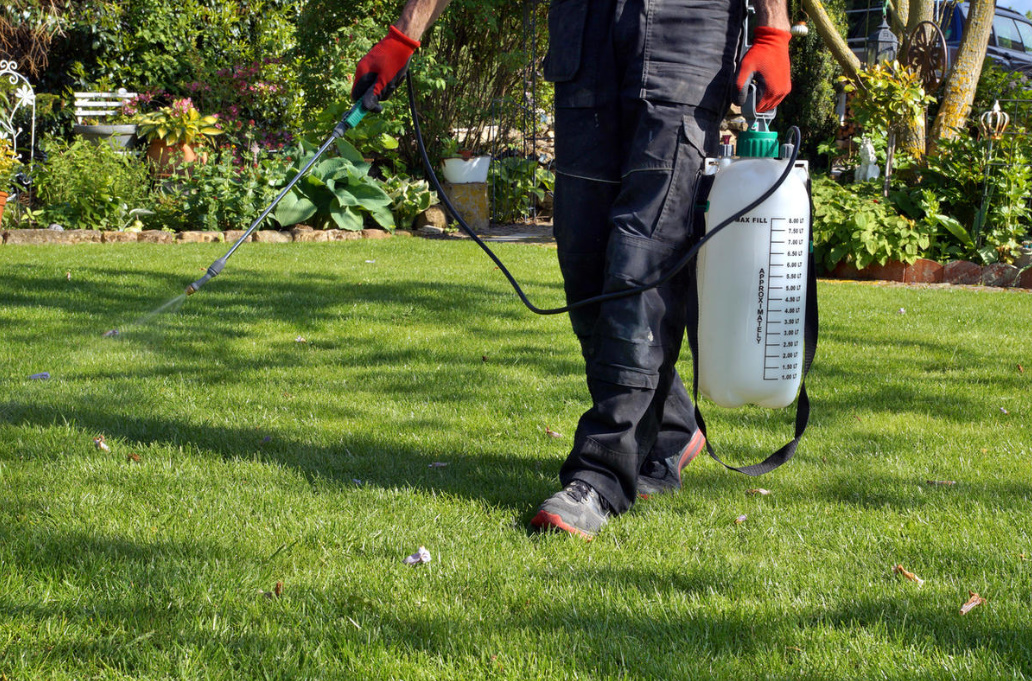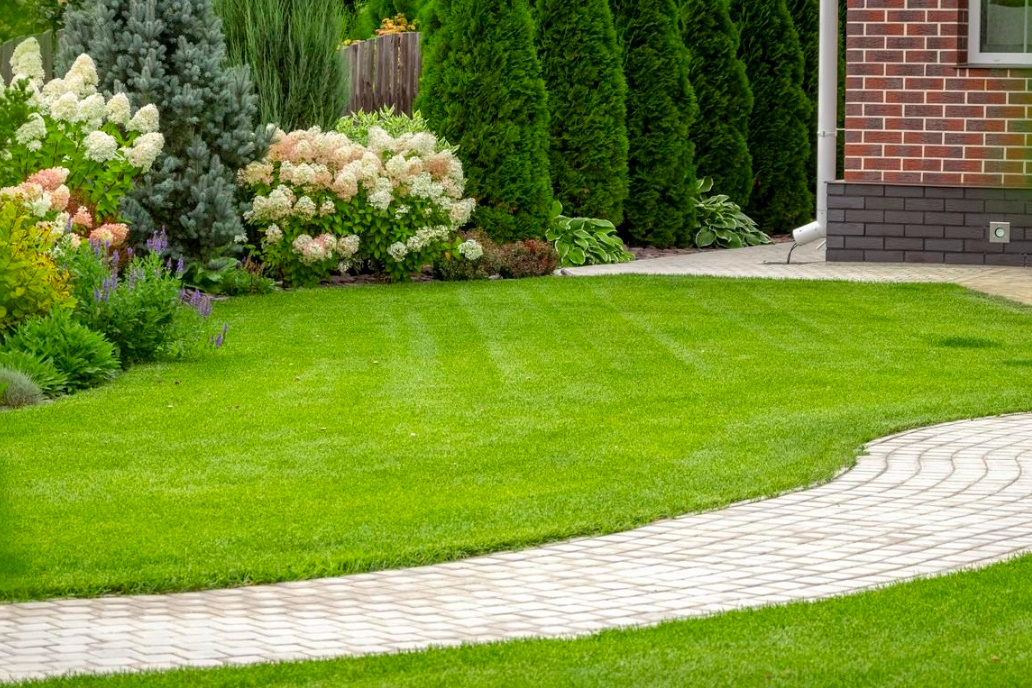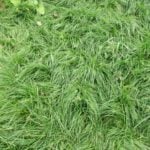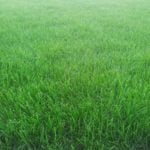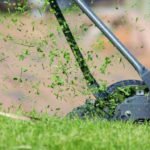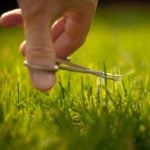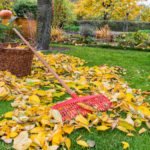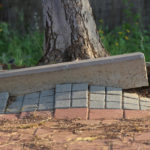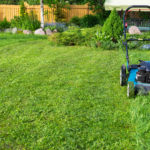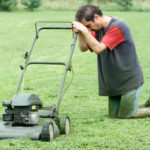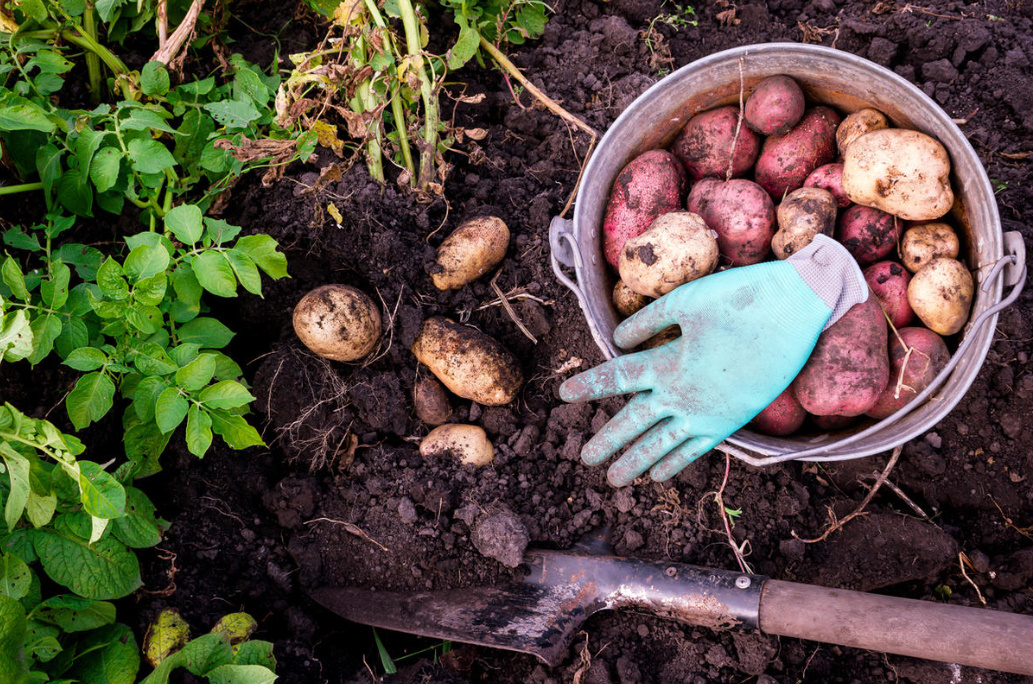A healthy lawn is the most successful option for the design of an open garden space. It has a beneficial effect on the microclimate of the site and is an excellent background for landscape compositions, and the color of juicy grass pleases the eye. But any green lawn needs careful care, and if you sort out all the necessary procedures on the shelves, it turns out that there are only a few necessary manipulations, and their implementation is not difficult, and the time costs are not so great.
How to properly water the lawn
It is impossible to say exactly how many times you need to water the lawn. Everything is very individual, but there are the main principles. It is important to prevent severe drying of the lawn covering, as a result of which an irreversible process begins — cereals turn yellow and die. The lighter the soil, the faster the moisture leaves it, so more frequent and abundant watering is needed on light soils. Waterlogging is no less harmful: at the same time, the root system of cereals lacks oxygen, plants weaken and give way to weed species, mosses.

The multiplicity of watering depends on many factors — on the mechanical composition of the soil, the degree of its moisture content, the level of illumination of the lawn, precipitation, the demands of the grasses themselves. During hot periods, it may be needed every day or every other day. In other cases, it is better to focus on the soil moisture (you can determine by hand) and the condition of the plants: slightly drooping leaves are a signal of a lack of moisture. Frequent and meager watering is harmful to the lawn. Better — more rare and abundant, allowing you to moisten the top layer of soil by 20-30 cm. This is the only way the plants will receive moisture in the required amount.
Haircut rules: from early spring to autumn
Regular mowing not only allows you to create an aesthetically attractive coating, but also ensures the normal growth and development of lawn grasses. You can not allow the grass to grow above 8-10 cm — it is important to observe a regular haircut height of about 4-5 cm. The exception is the first spring mowing, carried out after the height of the grass reaches 10-12 cm (tender young grass is allowed to grow), and the mowing height is set in such a way as to cut no more than 2-3 cm, that is, about 8-9 cm. After a week, it will be possible to mow the lawn to the usual height.
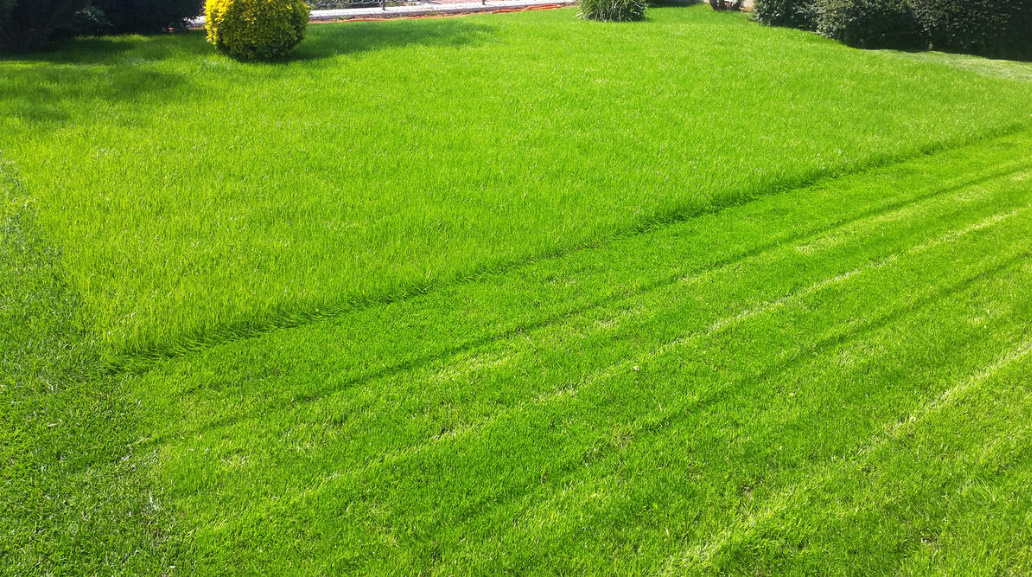
Subsequent mowing is carried out when the grass grows by 2-3 cm, while it is advisable not to cut more than 1/3 of the length of the grass, otherwise the plants experience severe stress, become weakened, less attractive and more vulnerable to pests and diseases. Continue regular mowing until the grass grows. At the last mowing, a higher herbage is left for better overwintering (2 cm more than the regular height).
How to mow a newly sown lawn
A young lawn in the first year of life is cut a little differently. Before moving to a regular mowing height, young shoots should be allowed to get stronger, form a thicker cover. Below is a useful scheme for mowing a sown lawn in the first year of life.
By implementing this scheme, you will get a well-formed green coating in one year. In the first year, fertilizing will not be necessary, provided that you have made all the necessary fertilizers during the preparation of the site.
Many summer residents sow a lawn in the spring, but some experts recommend laying a lawn in August.
Mistakes when mowing the lawn
Ideally, it is necessary to mow an adult lawn the next day after watering. If you come to the dacha for a couple of days, you can water the lawn early in the morning, and in the evening — cut it. Wet grass is very sticky and can clog the lawn mower mechanisms. There is a possibility that the knives will not provide an even cut and will tear the blades of grass, and this will affect the appearance of the lawn.
When and what fertilizers to apply
Plants absorb nutrients from the soil and due to this actively grow. When mowing, we remove part of the stems and stimulate their new growth, so the soil under the green lawn is depleted quite quickly. If you do not apply fertilizers, the lawn will degenerate. At first, the plants will look oppressed, dying will begin, and then weeds will begin to displace them.
The frequency of fertilizing with mineral fertilizers depends on the type of soil and the degree of its moisture, on the amount of precipitation (rapid leaching of micro- and macroelements can occur), as well as on the type of lawn. So, sports, experiencing significant loads, and parterre, whose appearance should be impeccable, are subjected to particularly frequent mowing and, therefore, need more frequent fertilizing.
Spring lawn feeding
The first top dressing (preferably foliar) is carried out in early spring, after the snow melts, but after the removal of plant felt and debris. It is aimed at activating the growth of grass — it can consist of nitrogen alone. You can also use any fertilizer marked “spring-summer”, in such nitrogen prevails. Organic fertilizer in the form of neutral peat or humus is applied in early spring or autumn, evenly spreading over the surface with a layer of about 1-2 cm and at the same time leveling the existing irregularities of the lawn.
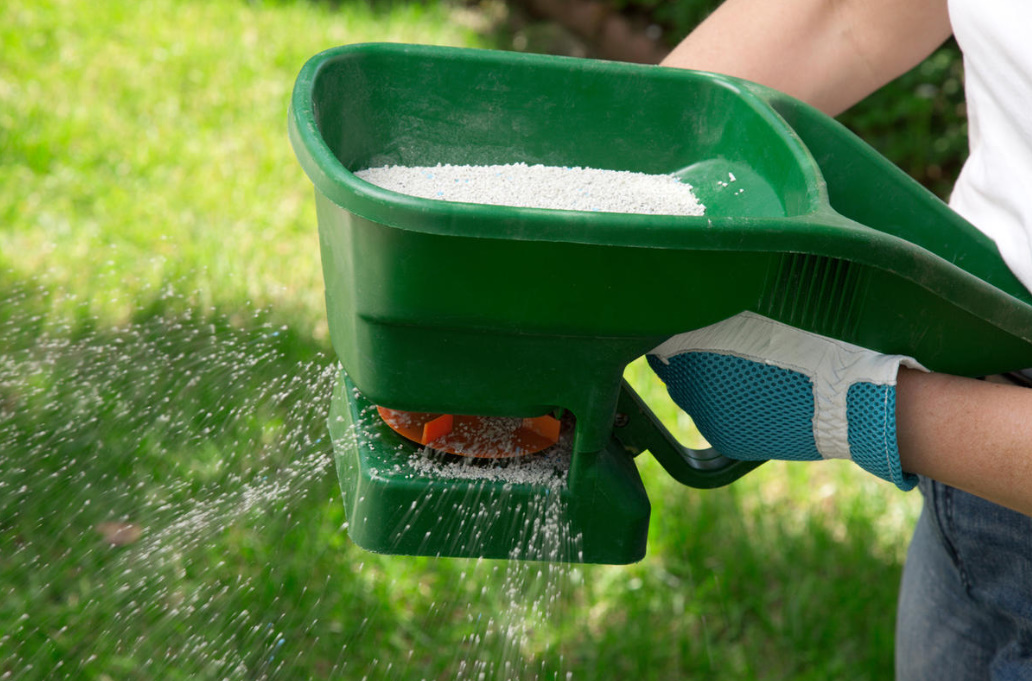
Summer and autumn lawn feeding
At the beginning of summer, a second top dressing is carried out with a complex mineral fertilizer. In August-September, it is necessary to apply fertilizer with a predominance of potassium and phosphorus (it may be marked “autumn”). Mineral fertilizing can be done more often (up to 4-5 times), but if the lawn looks healthy without it, then you should not give too much. The introduction of nitrogen from the second half of August is completely excluded, so that lawn grasses slow down growth (so the frequency of haircuts will be reduced), prepare for overwintering.
Nuances when feeding the lawn
- Dry fertilizers are evenly distributed over moist soil, but with dry grass immediately after cutting. Then the lawn is well watered. If rain is forecast, then watering is not needed.
- If there were no trace elements in the composition of the complex fertilizers used, then it is necessary to additionally feed the lawn with a solution of micronutrients.
- If your lawn grows on sandy soil, apply the dose of fertilizers necessary for one fertilization in two doses. Divide the norm in half, feed half the dose, and after 7-10 days make the second part.
